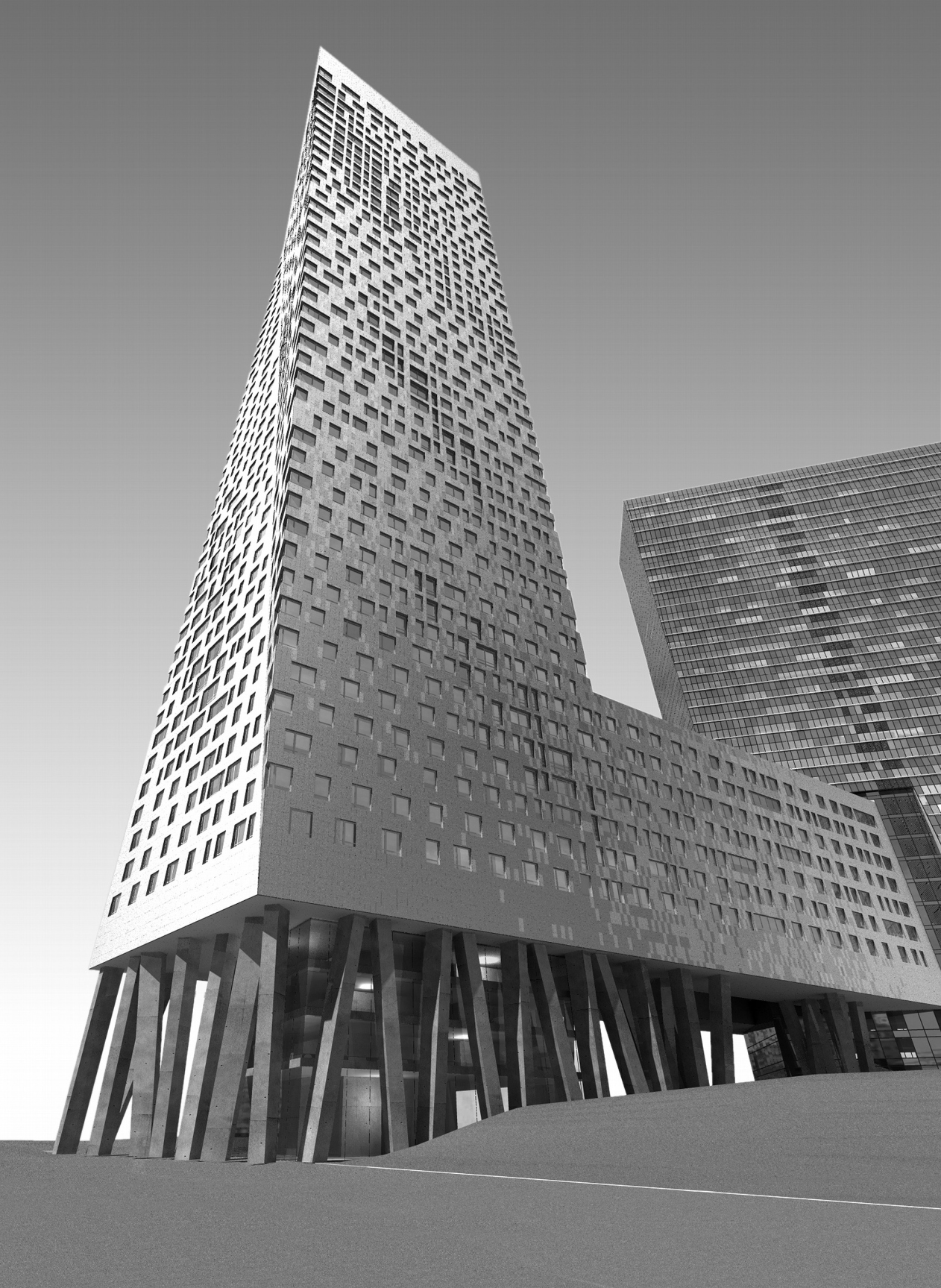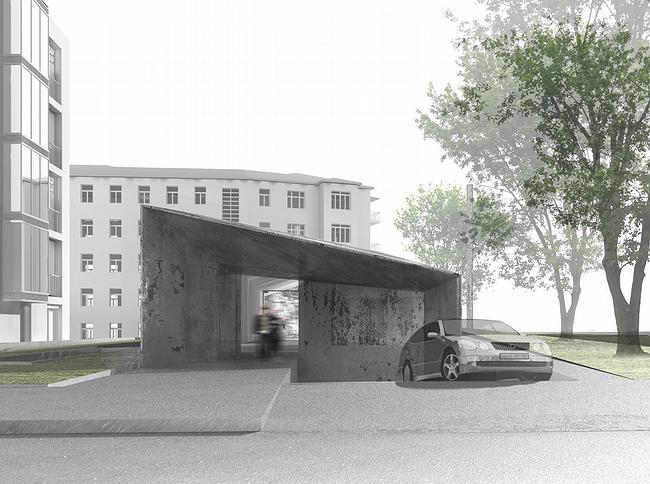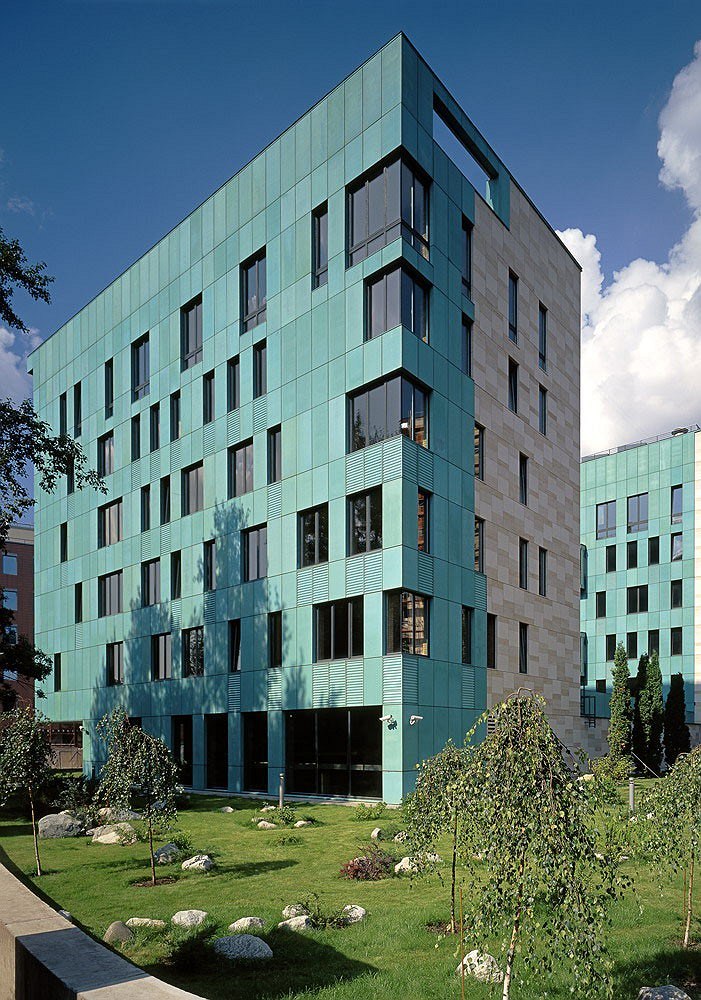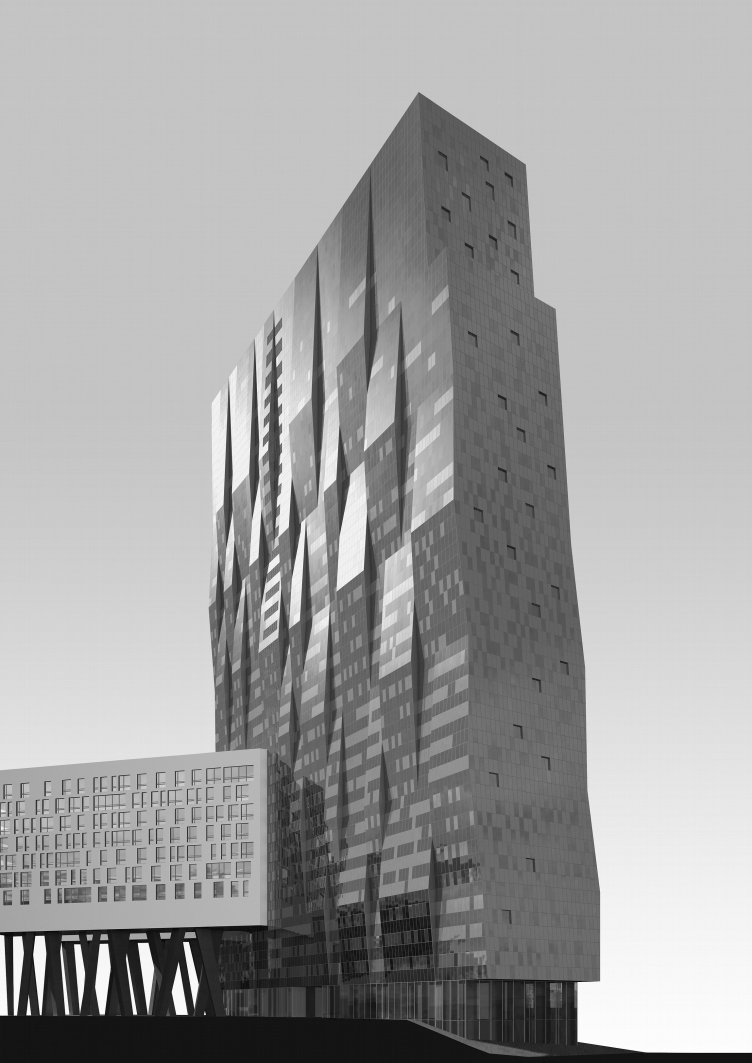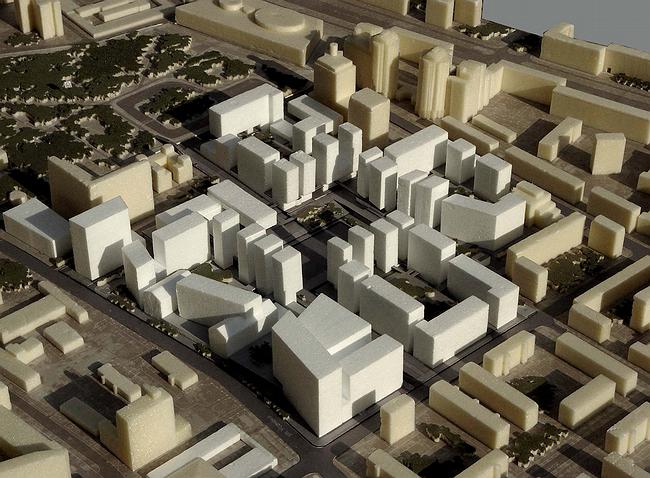For appreciating architecture man is blessed with a heart, brain, and soul. His heart is a sensual organ that is alive to beauty. His brain is intellectual, for apprehending the truth. And his soul is a moral sense. Now the task is to hear all this and connect it. Artists spend their whole lives accumulating something inside themselves and then giving it back. The real skill is in being able to correctly hear what’s inside you. And the more honest, precise, and sincere we are in giving it back, the better the resulting architecture.
And what is the source of this accumulation?
For me there are probably three sources. Or four. First, there’s simply interaction with other professionals. Conversations, friends, discussions. Second, there’s books and magazines. Then there’s everything that’s been built. All the different kinds of buildings, both modern and historical. And then there are things that have no direct relation to the profession – simply impressions from films, books, memoirs.
So you think it’s possible to learn from modern architecture? From your contemporaries?
Good modern architecture is very scarce. Even in the West, let alone here in Russia. In fact, in my opinion, we have no good architecture. I mean from the last 10-15 years. There’s not a single building that could be considered successful. There are compromise buildings – buildings that are more or less successful, but none that could be called a monument. Not a single one. And this is a problem. There’s no standard that can be used for reference. I’m more inclined to measure myself against history. Rome, Florence, Sienna – that’s all genuine stuff. It can give you a great deal and it’s something you really need to absorb. Then you begin to understand what a wall is, what stone is.
What about Russian architecture? What do you like? Constructivism?
Strangely, I’m not a great fan of Russian Constructivism. It’s given me nothing. I don’t know why. For me it’s got too much of the worker-peasant mentality, I suppose. It’s all too neatly ordered. They invented a new form for universal use. But I don’t need a form for universal use; I can’t stand this ‘just like everyone else’. I even want to breathe differently from other people.
You think the Avant-garde in the West is something different? Didn’t they too invent machines for living in?
Corbusier has given me a great deal. But not his early stuff – not the unité d’habitation or the machine for living in. Why should a house be a machine? A house is a palace. It’s a sculpture. You could say, a good machine is sculpture. For me Le Corbusier is the chapel at Ronchamp – a unique space, unique experience. That’s art for you. And it expresses only art.
It’s usual for Russian architects who, as you do, work with modern forms to turn to Constructivism as a means of national self-identification. In this case Constructivism becomes a variant of the Russian style. Is this important for you?
For me nationalism in architecture is completely unimportant. As a rule, my clients are Jewish; I have builders from Tadjikistan; and the apartments are bought by people of all nationalities – so what else can this architecture be but Russian? I live here and I build here – so how could I not build Russian architecture? I don’t understand why this should be a topic for reflection. I exist: this in itself is sufficient to ensure that the architecture I design is Russian.
So for you architecture is the self-expression of the architect? Like a picture. Not an expression of the site, function, money, the socium – but of the architect? Of yourself?
Yes, in the final analysis, that’s true. Of course, we don’t operate in a vacuum. There’s a specific site, a specific time, a client. It’s the same as when a doctor comes to a specific patient who has a specific illness, and must heal him. Is obliged to do so because he’s taken the Hippocratic oath. The question is which medicine to use. Architecture is art. You can only heal using yourself. In my opinion, we should all at some point tell ourselves why we work where we do. And here to say that you there’s nothing else you’re any good at is the wrong answer. And if I’m asked why I do what I do, I will say, “Because I adore it”’ I adore making something from nothing – when a house is born from emptiness, from nothing. I just love it.
But is this birth an act of art for you? And what about function, modern materials, economics, planning approvals? Does all this have no significance?
I don’t know what there is to talk about here. All this is self-evident. Yes, of course, I understand how a building will work from the point of view of both function and economics. I understand how it will be built. I have a very good knowledge of construction methods. I’ve built so many buildings that I can now teach builders how to do it. And they ‘re scared of me, because if they cut corners I force them to start again. My buildings must last a long time. Yes, I get pleasure from materials, textures, surfaces. A combination of seasoned Canadian oak and Belgian brick can give me genuine pleasure. But I know all this all immediately, from inside – there’s nothing to discuss. Possibly, this is something that needs to be discussed inside my office, with the architects who work for me – to make sure they translate my ideas into reality in a satisfactory way. But there’s no creativity involved here; it’s simply a matter of professional proficiency. You’re hardly likely to ask the designer of a Ferrari whether the car’s petrol pump works properly. He’ll take offence and walk away.
So architecture is born from something else?
Architecture is born from an attraction felt for a site – your attraction. This may be of various kinds – warm, cold, passionate, concealed, but it must be an attraction. You have to feel your way towards the right configuration for the site. This is what architecture is born from. You have to understand that – in the metaphysical sense – there is only one solution. In a sense the site already knows how it should look, and it’s your job to reveal this solution. There’s only one such solution; the rest are false moves.
But then it’s not you, it’s the site itself that knows how it should look?
But I’m the one who went there. If someone else had come along, I don’t know what would have happened. But the person who came along was me. And so there can be only one solution. This is a crossroads of fate, the quintessence of existence – when you merge with a site, this cannot, I think, be a coincidence. Afterwards, you can start drawing.
You think in pictures?
No, there must be something before the picture. Something must grow inside you. It’s not a finished image, not a readymade solution; it’s a kind of impulse that must appear. Then you have to listen to this impulse. I sometimes spend entire weeks walking around a place, looking, thinking, and not drawing anything. And then the impulse appears and the drawings start to flow.
But your drawings look like spontaneous ideas or impulses.
Yes. When I’ve been unable to create as an architect, I’ve created as an artist. I’ve done hundreds of watercolours. I’ve drawn since I was a child. But today I regard a drawing not as a finished work of art, but as a stage in the formation of an image. Drawings contain a general idea, a step, a flash.
The drawing is a kind of aesthetic check? A test of masses, proportions, how all this has taken shape on paper…
No, all that kind of stuff is found out through models. For me drawings are not a form of test; they don’t have the distance necessary for that. They are too personal, too much my own thing.
“Khamovniki” quarter. Project, 2007
Copyright: © Sergey Skuratov ARCHITECTS

